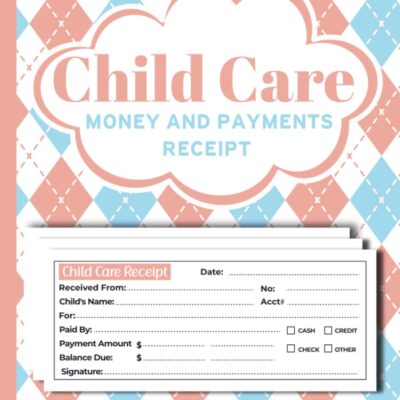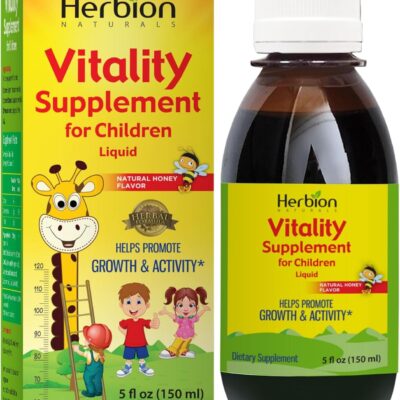
First off, congratulations on your new baby! Best Breast Pump whether this is your first child or you’re a seasoned pro, welcoming a new little one into your life is always a big deal. Along with all the joy and excitement, there are many decisions to make—one of the most important being how you plan to feed your baby. If you’re breastfeeding or planning to, you’ll likely need a breast pump at some point. The one you pick can make a big difference in your breastfeeding journey.
Why the Right Breast Pump Matters
Breastfeeding is a fantastic way to bond with your baby while giving them all the necessary nutrients. But let’s be honest—breastfeeding isn’t always easy, and there are times when you might need a little help. That’s where a breast pump comes in. A good breast pump can help you express milk when you’re away from your baby, relieve engorgement, and keep your milk supply steady. It’s a handy tool that makes breastfeeding more flexible and manageable.
Types of Breast Pumps: What You Need to Know
There are several different types of breast pumps, and knowing the basics can help you narrow down your choices.
1. Manual Breast Pumps
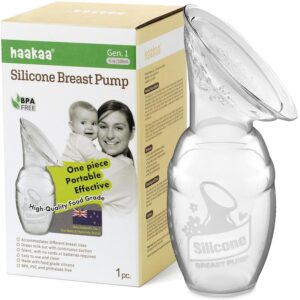
BUY NOW
$12.94
Manual pumps are simple, affordable, and great for occasional use. You control the suction by squeezing a handle, which means they require a bit of effort. They’re portable and quiet, perfect for when you’re on the go or only need to pump occasionally.
2. Electric Breast Pumps
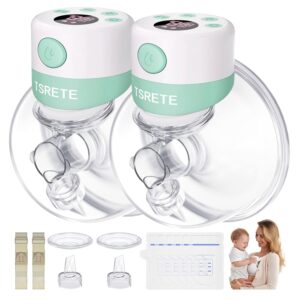
BUY NOW
$79.99
Electric pumps work for you, That’s why moms who need to pump like them so much regularly. There are two main types: single and double electric.
- Single Electric Pumps: These pump one breast at a time. They’re cheaper and work well if you’re not in a rush or only need to pump occasionally.
- Double Electric Pumps: These pump both breasts at the same time, saving you a lot of time and effort. They’re ideal if you’re going back to work or need to pump more often. They’re a bit pricier, but their efficiency is usually worth it.
What to Look for in a Breast Pump
When choosing the best breast pump, You can make the right choice with the help of a few important things.
Comfort
Comfort is key. You want a pump that feels good to use, which often means finding the right fit for the breast shields (the part that goes over your breasts). Many pumps come in different sizes so that you can choose the most comfortable for you. Also, look for pumps with adjustable suction stages so you can find the best setting for you best for you.
Efficiency
Time is precious, especially with a new baby in the house. An efficient pump can help you express milk quickly so you can get back to cuddling your little one (or catching up on sleep!). Double electric pumps are generally the fastest, but even within this category, some pumps are more efficient than others. Look for one with solid reviews for speed and effectiveness.
Portability
Think about where and when you’ll be pumping. A portable pump is a must if you need to pump on the go—whether at work while traveling or just around the house. Many portable pumps are lightweight, battery-powered, or wearable, so you can pump discreetly wherever you are.
Noise Level
Some pumps are louder than others, which might matter to you wildly if you’ll be pumping in quiet environments like at night or work. If noise is a concern, look for pumps known for being silent.
Ease of Cleaning
Cleaning your pump after every use is essential, but it can be a hassle if it has many parts. Look for a pump that’s easy to take apart and clean. Some parts are dishwasher-safe, saving you a lot of time and effort.
Features That Make a Difference
Some extra features can make your pumping experience even better.
Adjustable Suction Levels
Control over the suction level is great because you can adjust it to what feels most comfortable. Some pumps even mimic the way a baby naturally sucks, which can help with milk flow.
Battery Options
A pump that can run on batteries or be recharged is super convenient, especially if you’re sometimes near an outlet. Moms who are always on the go will love this benefit who need to pump on the go.
Hands-Free Options
A hands-free pump can be a game-changer if you need to multitask while pumping. Some pumps are designed to be worn inside your bra so you can pump while doing other things. This can be more expensive, but the convenience is worth it if you’re juggling a lot.
What’s Your Budget?
Breast pumps can cost anywhere from less than $50 for simple ones to several hundred dollars for high-end ones options. While it might be tempting to choose the cheapest option, remember that you get what you pay for. A more expensive pump often has features that make pumping more accessible, faster, and more comfortable.
However, feel free to break the bank. There are plenty of mid-range pumps that offer great value for the money. And don’t forget to check with your insurance—many Plans pay for a breast pump, so that you might get a high-quality pump at little to no cost.
Top Breast Pump Brands
Here are a few brands that moms love and trust.
Medela

BUY NOW
$
Medela is a top choice for many moms. Their pumps are known for being reliable and practical, with models that range from simple manual pumps to double electric pumps that can handle frequent use.
Spectra
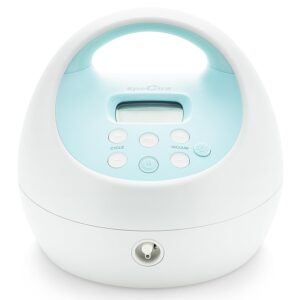
BUY NOW
$199.94
Spectra pumps are praised for their comfort and efficiency. They’re trendy for their quiet operation and gentle suction, making them a great choice if you need to pump regularly.
Lansinoh
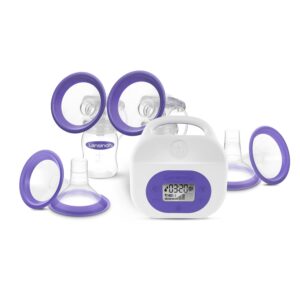
BUY NOW
$
Lansinoh offers user-friendly pumps that are easy to clean and use. They’re often more affordable than other top brands, making them a great option if you’re on a budget but still want a quality pump.
Elvie and Willow

BUY NOW
$262.47
If you’re looking for the latest pumping technology, Elvie and Willow offer wearable pumps that fit right in your bra. These pumps are super discreet and allow you to pump hands-free, which can be a massive advantage if you’re a busy mom on the move.
Tips for a Smooth Pumping Experience
Pumping can take some time, but these tips can help make it easier.
Establish a Routine
A regular pumping schedule can help keep your milk supply steady and make the process more predictable. Try to pump at the exact times each day, and if you’re returning to work, plan your sessions around your breaks.
Store Your Milk Properly
Proper storage is critical to keeping your milk fresh and safe for your baby. Use BPA-free bottles or storage bags, and label each with the date. At room temperature, milk that has just been pumped can be kept for up to four hours, in the fridge for up to four days, or in the freezer for up to six months.
Take Care of Yourself
Pumping can be demanding, so taking care of yourself is essential. Hydrated, eat well, and give yourself grace as you adjust to this new routine. If you’re struggling, don’t hesitate to reach out for support—whether from a lactation consultant, a friend, or an online community.
Conclusion
Picking the best breast pump is a personal choice that can significantly impact your breastfeeding experience. Consider your lifestyle, comfort, and budget to find a pump that helps you and your baby thrive. Remember, every mom’s journey is different, so take your time, explore your options, and find what works best for you. And if you have any questions or tips, feel free to share them—we’d love to hear from you!


